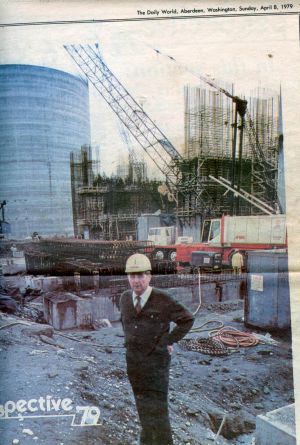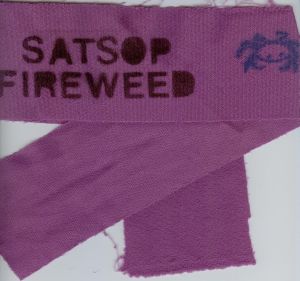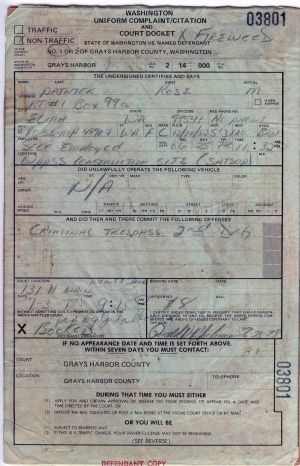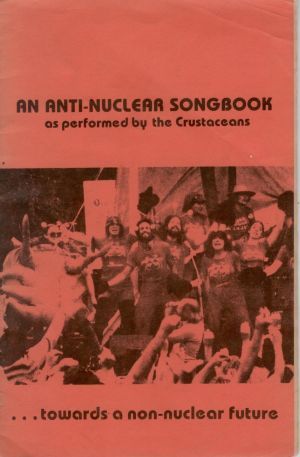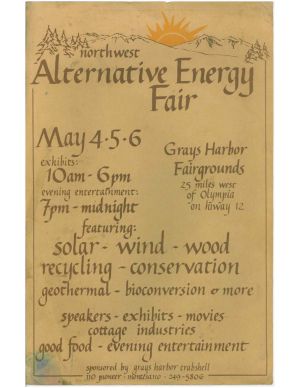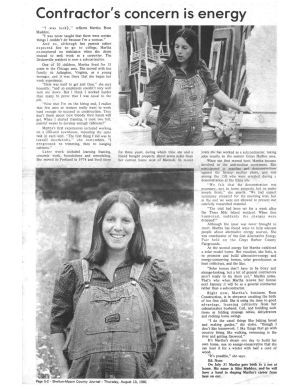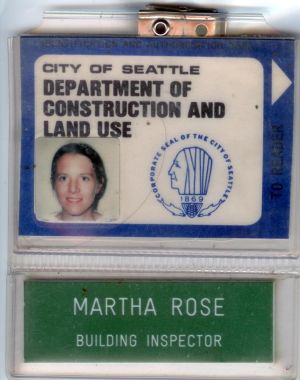The Chicago Years: 1952 – 1966
Trains of all types that went everywhere, an “uptown” a few blocks away, roller skating on the sidewalks, stealing rhubarb from the neighbor‘s garden, riding bicycles, knowing the neighbors, helping each other out… these are my roots. However, at less than 13 years old, I knew there was something wrong when housing developments were replacing cornfields everywhere one looked.
The Washington DC years: 1966 – 1975
The flora and fauna in the Great Smokey Mountains is more diverse than all of Europe. In the cities and the countryside of the East Coast are traditions that shape the structures of lives, buildings and communities. My years in this region gave me an appreciation of nature and an understanding of the reasons why we do things in certain ways when it comes to construction and community planning. The East has rich history with its roots in another continent and explanations that goes along with it.
The Row Houses of Georgetown, Alexandria and Baltimore provide the template for the look that younger cities now strive for: townhomes with character, on transit lines, close to shopping. I very much appreciated the old way, yet began my career participating in the new way of construction: using fast techniques with poor quality materials. I was nineteen years old.
When it was time for me to move west, construction had begun on the DC subway system that would come to be known for the least expensive cost per mile to build. It was filled to capacity when complete. No voter initiatives were offered that might have derailed it.
The Move: Spring 1975 – Fall 1975
Meandering across the back roads of our country‘s vast landscape is a lesson in cultural diversity, natural forces that rightfully influence life, and figuring out how to know and trust one‘s self. Five months on the road traversing dozens of states in several climate zones helps one to understand regional housing and life styles. For example, I learned about the chic female crew-cut summer hairdo in the hot desert regions.
The Portland, Oregon Years: 1975 – 1977
Living in a neighborhood with a walking score of 86, learning how to grow an organic vegetable garden, building a network of friends involved with alternative ways of living and helping to decimate filbert orchards with cheaply built housing were all pieces of that quilt. “We may not be good, but we are fast” was the job site mantra on one framing crew. The seed of becoming a business owner was planted in this wonderful city. Torn about leaving, it became time to move “back to the land”.
Grays Harbor: 1977 –1982
I learned that it takes at least twice as much effort (energy) to live in the country as it does to live in an urban area, unless one knows what to do, either by having learned it growing up or by somehow acquiring the info another way. For most, earning a living often required a one or two hour commute each way. Money had to be poured down the throats of vehicles that had voracious appetites for gas and repairs.
The other lessons here were about nuclear power and alternative energy. They were about organic gardening, rainwater harvesting and living without electricity. They were about being in business, community organizing and more self trust. It was here that a neighbor fed me this challenge: “If you do not like the way they (the developers) are doing their job, then you must become one”.
The Twin Nuke plants at Satsop:
The operating Satsop Nuclear plants would have been 15 miles from where I lived. It‘s interesting that proponents of this energy source would never consider living that close. Learning about power from enriched uranium and the other options available, led me to join the anti-nuclear, Crabshell Organization, which in turn led to the decision to join over 200 others in the occupation of the actual construction site in July of 1978.
Fireweed:
Acts of civil disobedience are carried out by “affinity groups” that stick together during the process and are bound by some commonality. “Fireweed”, our local Grays Harbor group, was named after the wildflower that is the first to grow back after nature‘s destruction by fire. We were 8 or so, politically incorrect, blue-collar locals who were the last of more than two hundred to get arrested because we followed advice from a local sheriff on a horse. He said, “If you don‘t want them to get you, go up on that hill over there”! His support of us on this day was reflective of the sentiment that was felt in the community. They did not trust nuclear power or WPPSS.
The Citations
The fairground at Elma became the “prison”, though our keeping was short-lived. In defiance of WPPSS, we stapled tickets to our hats and demonstrated the next day in front of the energy Goliath‘s office. The same wise neighbor who said I must become a developer then said to Fireweed, “You‘ve expressed your discontent in a negative way; now you must do something positive”. This meant that even while preparing for a trial, we would be working hard to stage an Alternative Energy Fair.
Three Mile Island:
Plans for the alternative energy fair were well under way and a trial date was scheduled. Our defense was resting on the dangers of plutonium, the unresolved waste issues and the availability of alternatives that were safe and less expensive than nuclear power. On March 28, 1979, history was made less than two weeks before our trial date, with the near melt-down of one of the nuclear reactors near Hershey, PA. Shortly after Three Mile Island “happened”, we were all acquitted, never making it to trial.
The Twin Nuke plants at Satsop:
The operating Satsop Nuclear plants would have been 15 miles from where I lived. It‘s interesting that proponents of this energy source would never consider living that close. Learning about power from enriched uranium and the other options available, led me to join the anti-nuclear, Crabshell Organization, which in turn led to the decision to join over 200 others in the occupation of the actual construction site in July of 1978.
Three Mile Island:
Plans for the alternative energy fair were well under way and a trial date was scheduled. Our defense was resting on the dangers of plutonium, the unresolved waste issues and the availability of alternatives that were safe and less expensive than nuclear power. On March 28, 1979, history was made less than two weeks before our trial date, with the near melt-down of one of the nuclear reactors near Hershey, PA. Shortly after Three Mile Island “happened”, we were all acquitted, never making it to trial.
This period of time also offered me an overview of Seattle‘s construction industry. I was able to get to know the good and the not so great parts of the building culture. I learned that there was deep resistance to change by those charged with building our housing stock. There were also many excellent developments, however, no one wanted to insulate better than our Code required.
The 1970‘s were probably one of the decades when the quality of housing reached a low point. The 80‘s and the 90‘s showed improvement and then bringing in the new millennium there was a beacon.

